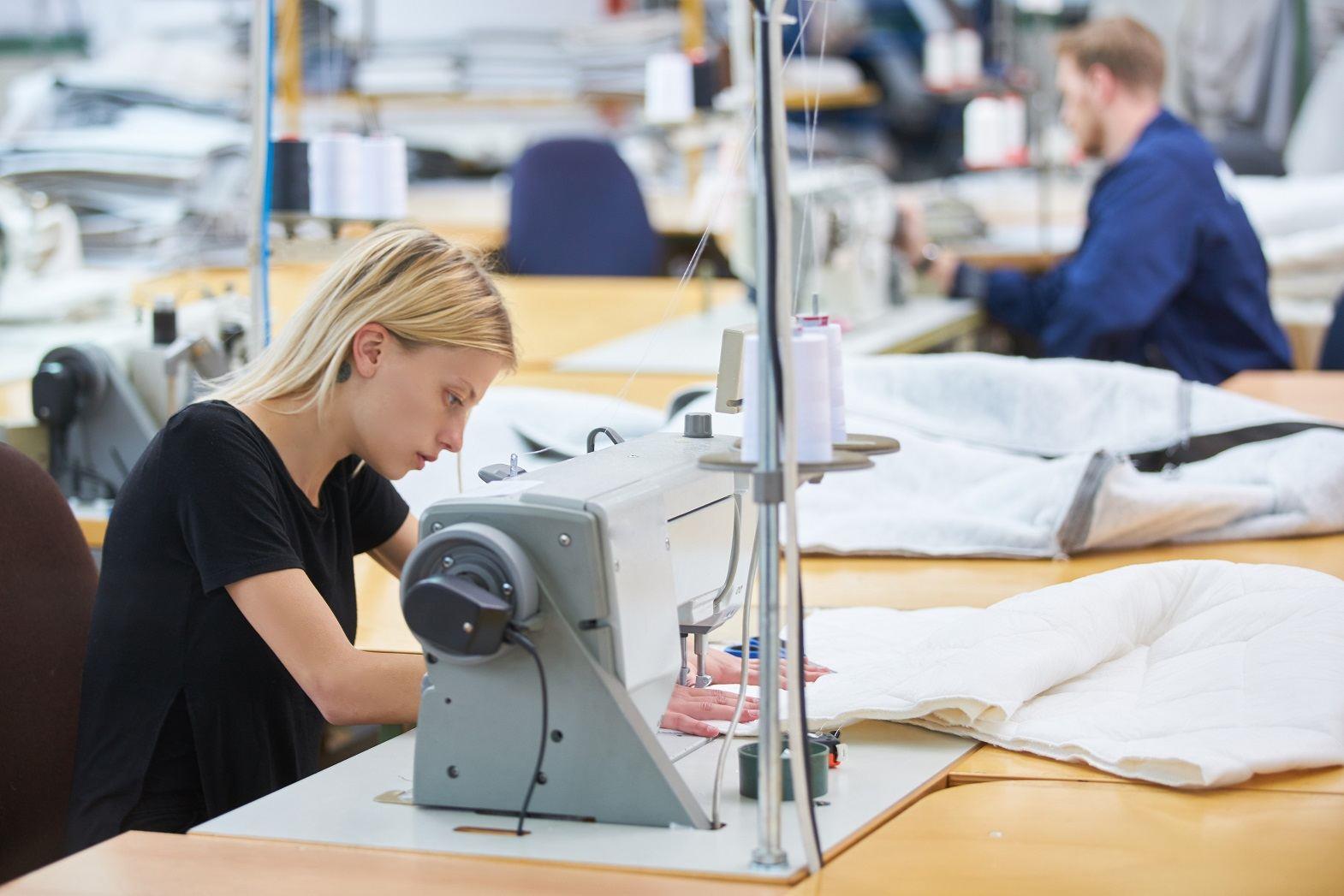And each stage contributes to the amount of waste disposed, ultimately affecting the environment. The production phase of yarn and fabrics is accountable for the maximum waste footprints. For instance, making a single t-shirt from cotton uses up to 2700 liters of water. The growing demand, changing trends, and the rising uproar on sustainability have led the apparel industry to invent technologies that keep the environment green and use techniques that leave little or no carbon or water footprints. The following are a few innovative technologies that have been developed in the past two years, paving the way for adopting environmentally friendly options in the future.
The much-embraced trend of washed and faded denims has a new and improved eco-friendly substitute. Conventional and commercial sandblasting processes posed hazards not just to the environment but also to workers, thanks to the high exposure to silica and the firing of sand under high pressure. Surface activation is a treatment that uses a concentrated paste of sodium hydroxide on the denim surface once the jeans are dyed. The technique provides the same results and also retains fabric strength, shortens the process duration, and reduces the concentration of chemicals, consequently benefiting the environment. Brands like Gucci, Levi's, H&M, and Versace have banned the use of sandblasting and are moving towards greener alternatives.
Ever thought of fabrics and garments that can purify the air and keep the atmosphere clean? A path-breaking technology helps decrease the quality of the air by harnessing the power of light-triggered catalysts that break the pollutants in the air down. The garments can decompose pollutants by the majority, by vehicles, and even by industries. Nano-particles of titanium dioxide are applied to the clothes by washing or spraying.
Garments become the catalytic surface to cleanse the air. The raw materials for such treatments are oxygen and titanium dioxide, which are available in plenty and exist naturally in the atmosphere. Moreover, a special fabric is not required for such treatment; hence individuals get all their existing garments washed with catalytic material to purify the air.
In the apparel industry eliminating or reducing wastages would decrease the cost of raw materials and production. But manufacturing with zero wastage until now was too idealistic an idea to achieve. Direct Pattern on Loom (DPOL) adds new dimension to designing with absolutely no waste in the process of pattern making and cutting. With DPOL one can produce ready to stitch garment parts.
This innovative method increases fabric efficiency by 15 to 20 percent and reduces lead time by 50 percent. DPOL is the perfect blend of textile technology, fashion designing, and garment engineering. The fabrics for making garments according to this concept are specially designed for specific use. This makes it hard to make a copy of such garment. Any form of embellishment is done when the fabric is being manufactured. It can be used to design both knitted and woven high fashion garments.
Recycling and being sustainable have become mottos of many apparel brands to show responsibility and fulfill the demands of consumers going green. This has led a popular denim brand to manufacture jeans out of recycled plastic bottles. The plastic bottles are smashed into flakes and later turned into polyester fibres. These fibres are blended into cotton fibres to make denim pants and jackets. A single pair of jeans uses 8-9 twelve or twenty ounce bottles.
Similarly denim pants are made out of beer bottles and t-shirts out of clean water bottles, discarded x-ray films, and yogurt cartons. Just one glass bottle takes one million years to break down completely in the environment. Recycling bottles to make fashionable garments would save the planet from huge landfills and at the same time provide an innovative pair of jeans. The beer bottles are decomposed into fine particles which are later melted and squeezed into fibre. The fabrics used are a mix of 25 percent glass bottle fibres and 75 percent cotton. The cross section of bottles and cotton fibres result into a soft material, giving the same results of the traditional denims.
The garment and clothing industry is waking up to the changing times and making efforts to keep the environment clean. Brands today, are encouraging consumers to use recycled clothes and turn towards more sustainable products. With inventing fibres with scrapped waste, waterless dyeing techniques, pattern making with zero waste and textiles that purify air, clothing technologies are bringing new possibilities to make sure they keep it clean and green.
References:
1. Treehugger.com
2. Urbantimes.com
3. Missingdimensions.com









Comments